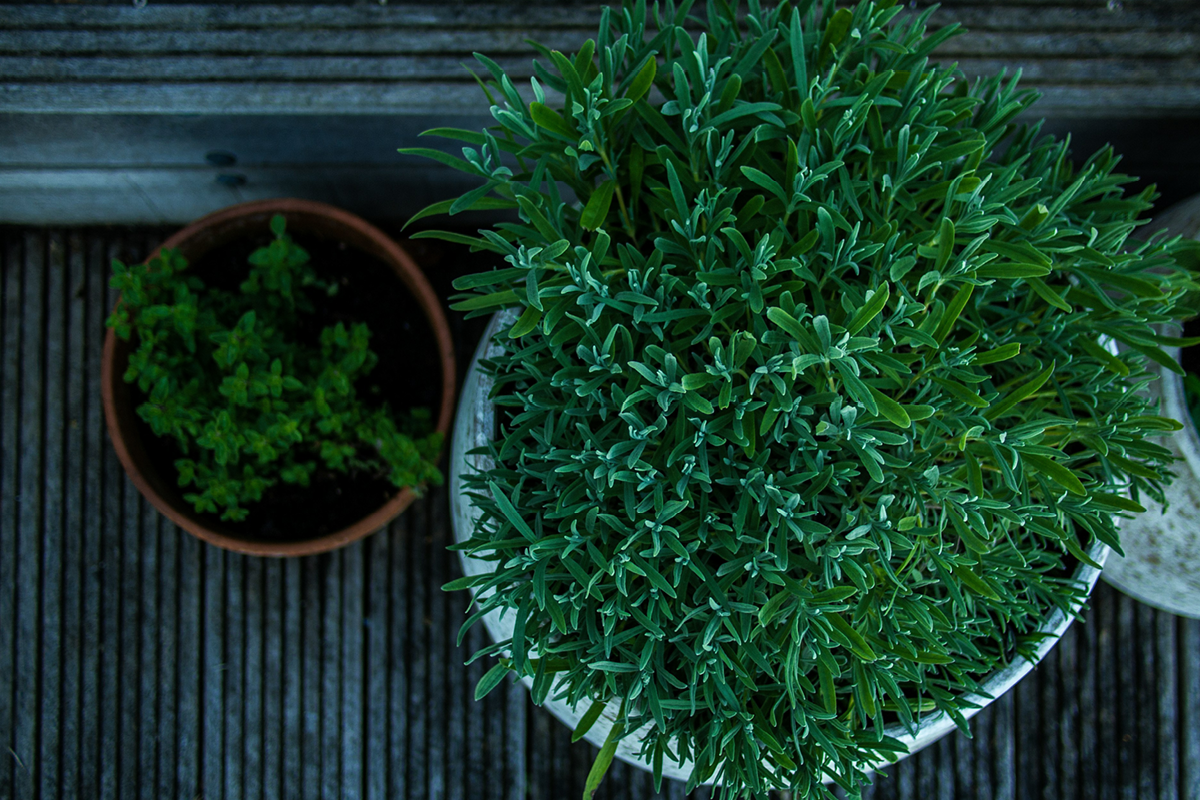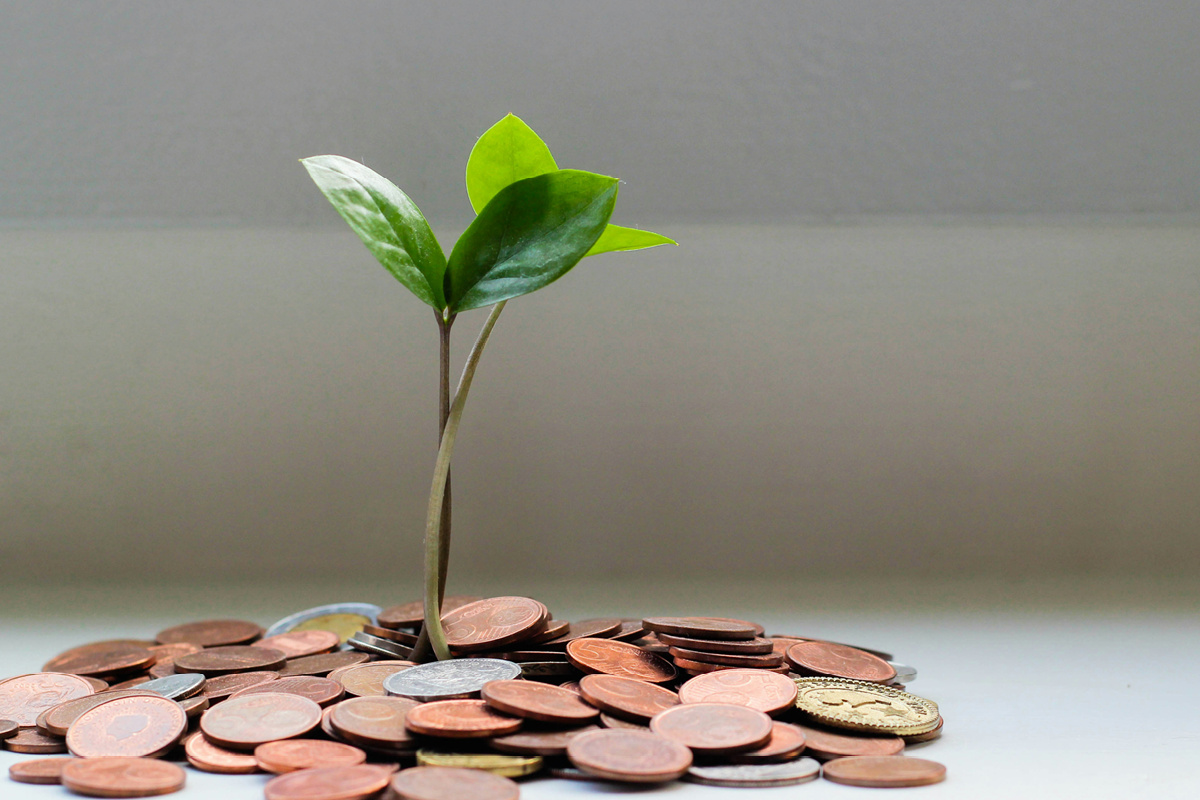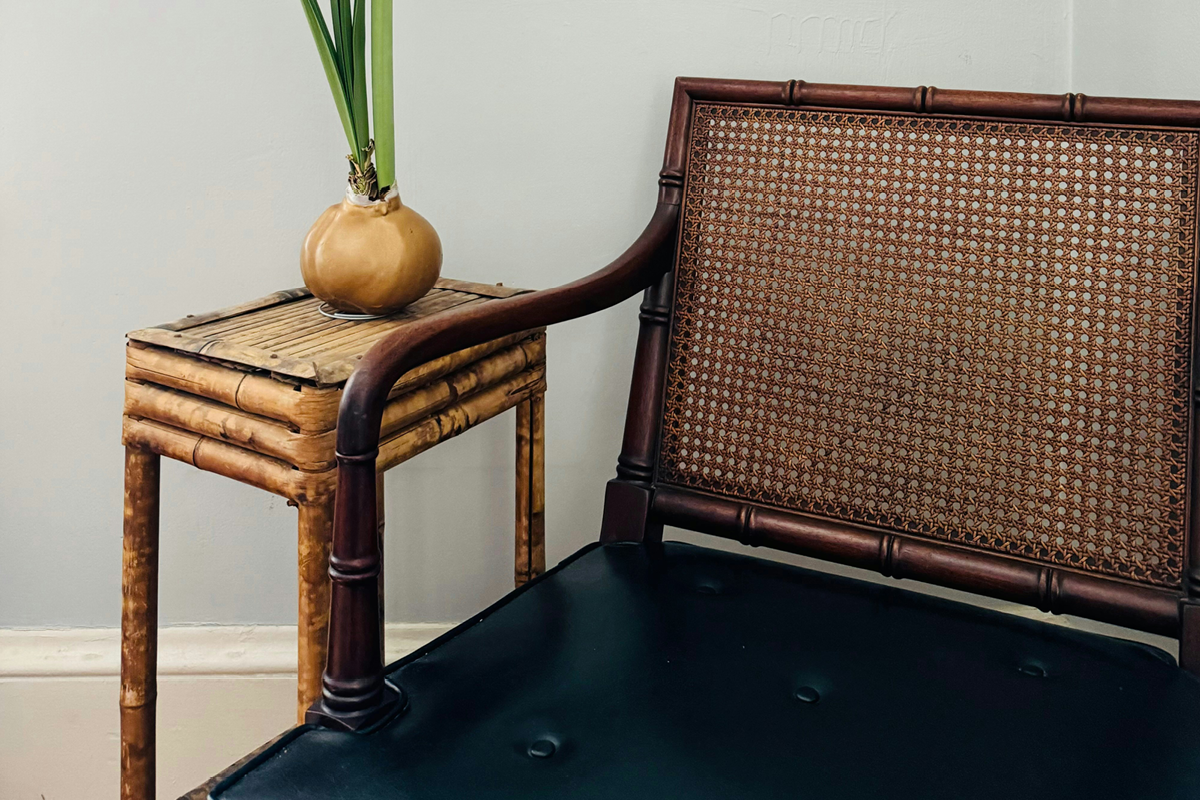HOW TO ATTRACT BUTTERFLIES TO YOUR GARDEN
Summer is well underway, and what better way to celebrate than to make your garden a magnet for the beautiful butterflies that go fluttering by?
Butterflies are vital pollinators that help plants to grow and thrive, but sadly, many populations are shrinking. You can play a part in reversing this by providing safe spaces for them to eat, rest, and reproduce in your own garden.
Creating a garden that attracts butterflies is about more than just adding pretty flowers, and this guide by garden design expert Harry Bodell at PriceYourJob.co.uk will take you through some simple, effective steps to turn your garden into a butterfly paradise.
Plant Flowers Butterflies Love
Flowers are vital in bringing butterflies to your garden as they provide nectar, their primary food source for keeping their energy up. Butterflies are drawn to vibrant colours such as red, orange, yellow and purple, and they can see ultraviolet light reflected by petals.
Other factors that will make plants appealing include sweet nectar, accessible shape, and scent. Some of the best flowers for attracting these pollinators to your garden are aster, lavender, milkweed, sage, and sunflowers.
Keep Your Garden in Bloom from Spring Through to Autumn
Butterflies start hatching and showing up in spring and leave again in Autumn once flowers are growing sparse and the temperatures are starting to cool. To attract them during that time, you will need a consistent source of nectar for them to feed on.
This will mean planting various perennials (plants that regrow every spring) and annuals (plants that last only one growing season each year). In providing this variety of plants for butterflies to feed on, you are ensuring blossoms for them to enjoy all year round.
Remove Dead Blooms
Butterflies need fresh flowers, as old ones have little to no nectar. When you remove dead blooms from your flowers, known as deadheading, you free up energy and space for the plants to create new blossoms, meaning more nectar for butterflies.
To deadhead flowers, you need to remove the faded or wilted blooms from the plant. Pinch or cut off the flower stem below the spent flower and just above the first set of full, healthy leaves. You can use your fingers, pruning shears, or scissors to do this.
Plant Host Plants for Caterpillars
To attract more butterflies to your garden, it is important to understand their life cycle. Butterflies lay eggs on the leaves, which eventually hatch into caterpillars. The caterpillar then spends most of its time eating leaves before turning into a chrysalis, where it transforms into a butterfly ready to emerge.
Butterflies depend on plants for more than just nectar, and caterpillars only eat certain plants. That means that butterflies will only lay their eggs on plants called host plants. Some ideal host plants for your garden include dill and fennel, spice bushes, milkweed, and asters. Planting these varieties gives you a better chance of seeing butterflies and caterpillars during spring and summer!
Avoid Harsh Chemicals
Butterflies are sensitive creatures, and any harsh chemicals, such as pesticides, will severely affect them. To welcome these beautiful pollinators into your garden, ensure that your plants are safe to land on and drink from.
An organic garden is best as it doesn’t use any harsh or artificial chemicals. You can purchase organic garden fertilisers from stores or make your own using household items such as coffee grounds, eggshells, grass clippings, and banana peels.
Provide Plenty of Water
Butterflies don’t get all the moisture that they need from nectar alone, so it is a good idea to provide them with an additional source of hydration. It is important to know that butterflies cannot land on water and, if they do so, risk drowning, so mud puddles are a much better alternative to ponds or deeper bird baths.
When they flutter above a puddle and land to drink, it is called ‘pudding’. The soil in the puddle gives them a surface to land on so they can safely drink. Partially fill a shallow dish with a couple of inches of soil or sand to create a firm landing pad, and pour water over until the surface is shining with water. For best results, place the dish in sunlight as the reflection will attract butterflies’ attention and keep them warm as they drink
Make a Butterfly Salt Lick
Butterflies get many nutrients from nectar, but this doesn’t include sodium, so they need a salty supplement within their diet. Usually, butterflies will get salt from the above-described ‘pudding’, but if this isn’t available, they will start to seek out other alternatives.
A salt lick is an appealing and accessible option and is a simple addition to your mud puddles. Before adding water to your sand-filled container, mix in one to two tablespoons of salt. Over time, you are sure to see butterflies stop to get some much-needed sodium from your salt lick.
Mix Up Some Sugar Water
The diet of a butterfly is purely liquid-based and needs to contain a good degree of sugar in order for them to survive. Whilst they will get some of this from nectar, you can enrich their diet with a solution of three teaspoons of sugar per cup of water. Boil the mixture until the sugar has completely dissolved, and once cooled, pour it into your butterfly feeder.
Butterflies may need some assistance to find this source of nutrition. They have evolved to be aware that bright and colourful flowers mean access to delicious nectar, so cutting up pieces of brightly coloured fruits like watermelon, apples, and oranges to place in the feeder will be a sure sign to them that sweet liquid is near!
Help Them Get Plenty of Sunlight
Butterflies love sunlight and can get cold quickly if deprived of it. Sunlight provides them with the warmth they need to become active and mobile, and when the sun shines, they bask in its rays, absorbing heat and raising their body temperature. When you are planting to attract butterflies, the sunnier the area, the better.
You can also add sun-basking stones for them to rest on. Ideally, these stones should be wide, flat, and grey – avoid black stones as they can get too hot. Place the stones among your flowers where sunlight can reach them, and you should start to see butterflies landing on them to warm up.
Provide Shelter for Butterflies
Butterflies are in danger of being hunted by birds, reptiles, and other insects, so they require plenty of shelter in order to survive. Providing this vital shelter will give them another reason to land in your stunning butterfly-friendly garden!
One way to provide shelter is by purchasing or making butterfly houses from pieces of cut wood carefully crafted together. Many butterflies, however, prefer simpler structures, so it is good to place plenty of natural objects such as logs, rock piles, and tall grass.
Final Thoughts
Butterflies can both elevate the beauty of your garden and increase your plant’s harvest. They are a species desperately in need of protection, and by providing resources for them, you are supporting your local ecosystems.
There are plenty of ways to attract them to your garden, and it is important to remember that you don’t have to do them all at once! Try out a few methods, see how they work, and then add more if necessary.
MORE AOUT THE AUTHOR… HARRY BODELL: Harry Bodell is a UK-based landscaper with over 10 years of experience in the industry. As a gardening expert for PriceYourJob, Harry offers his expert advice to tradespeople and homeowners around the world. He has also been featured as a gardening expert in a wide range of reputable publications.














